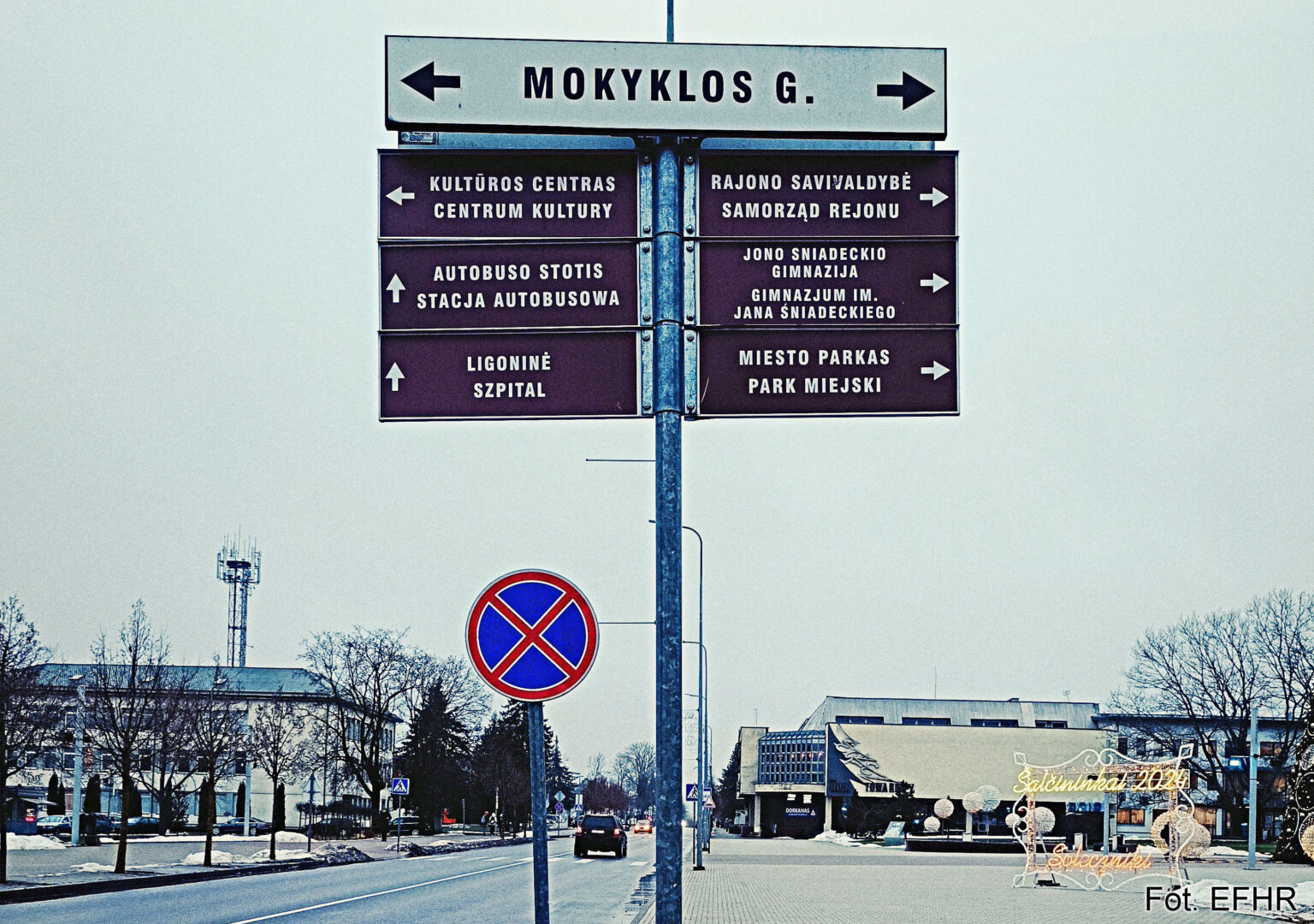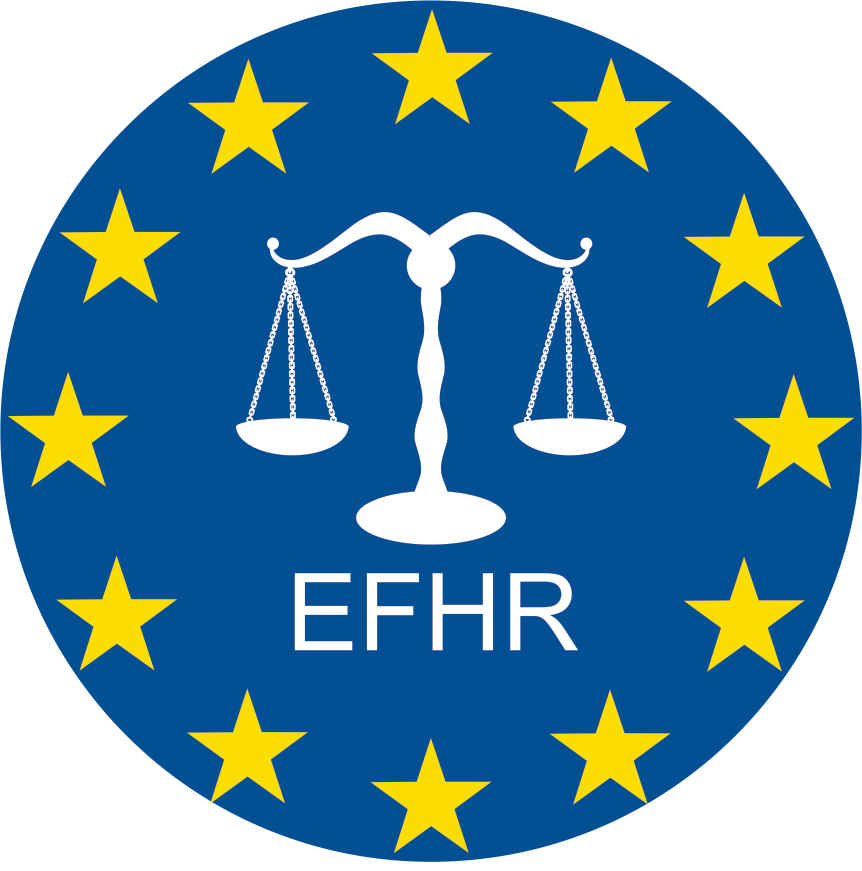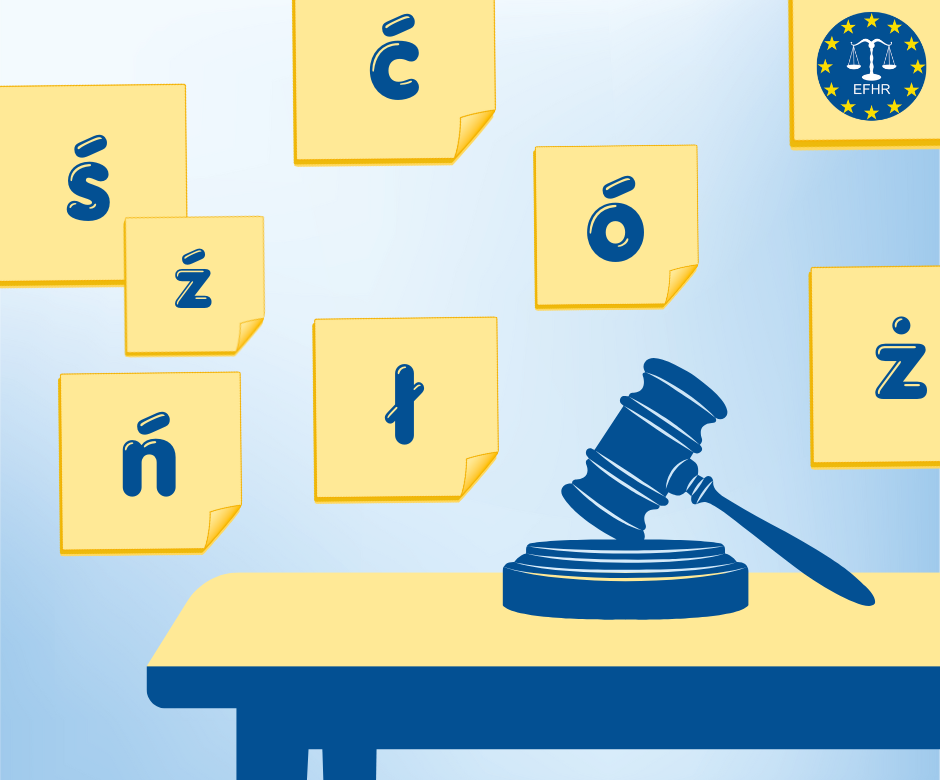- 2024/12/27
Bilingual signs in Šalčininkai comply with the law – ruling of the Supreme Administrative Court of Lithuania

The Supreme Administrative Court of Lithuania (LVAT) has issued a landmark ruling, overturning the decision of the State Language Inspectorate (VKI) and confirming the legality of displaying bilingual information signs in the Šalčininkai district. The ruling may open a new chapter in the discussion on the protection of the rights of national minorities and the regulations concerning the use of language in public spaces in Lithuania.
Background of the lawsuit and case proceedings
The issue concerned information signs located in the center of Šalčininkai, featuring inscriptions in both Lithuanian and Polish. These boards signified various urban facilities and complied with formal requirements: the Polish text was placed below the Lithuanian text, was not more detailed, and did not occupy a larger surface area. It is worth noting that the Šalčininkai district is predominantly inhabited by Poles (80%), making it one of the most multicultural areas in Lithuania.
In 2022, the State Language Inspectorate ordered the removal of the bilingual signs, justifying the decision with the necessity of using only the state language in public spaces. The local authorities disagreed, arguing that the decision violated principles of cultural pluralism and the rights of national minorities. As a result, the dispute was taken to the administrative court.
Acting as the court of first instance, the Vilnius Regional Administrative Court sided with the Inspectorate, stating that the provisions concerning the state language are paramount. The court emphasized that, according to Lithuanian law, all inscriptions in public spaces must be displayed exclusively in Lithuanian. The regional government, dissatisfied with this decision, appealed to the Supreme Administrative Court.
In its ruling, the Supreme Administrative Court decided to consider not only the opinion of the national authority (VKI) but also the rights of minorities, taking into account the multicultural nature of the region and the need to provide information not only to local Lithuanians but also to other residents and foreign visitors. The court pointed out that a resolution by the State Commission of the Lithuanian Language (VLKK) allows for exceptions in the case of information signs. It also stressed that the regulations should be interpreted in a way that reflects cultural diversity and the necessity for coexistence among various ethnic groups.
Significance of the ruling and its international context
The ruling of the Supreme Administrative Court of Lithuania carries far-reaching implications for future disputes regarding bilingualism in Lithuania. This decision sets a precedent that may influence the interpretation of regulations concerning the use of minority languages in public spaces. The court explicitly emphasized that protecting the state language cannot come at the expense of marginalizing national minorities. The ruling is also a clear message to state authorities to consider the unique characteristics of multicultural regions in their actions. It may serve as a catalyst for a broader debate on Lithuania’s language policy, including the need to adapt legal regulations to the realities of a modern, diverse society.
The LVAT ruling aligns with the broader European context of protecting the rights of national minorities and promoting multilingualism. In many European countries, such as Austria, Finland, and Sweden, bilingual signs are a standard feature in regions inhabited by national minorities. The Lithuanian court’s decision highlights the growing need to align national policies with European standards, including the provisions of the Framework Convention for the Protection of National Minorities and the European Charter for Regional or Minority Languages. Detailed information about the legislation and practices of European countries concerning the presence of minority languages in public spaces can be found here.
According to the European Foundation of Human Rights (EFHR), the Supreme Administrative Court’s decision regarding bilingual signs in Šalčininkai is a significant step toward recognizing and protecting cultural diversity in Lithuania. The ruling underscores the importance of considering local specificities when interpreting legal provisions and respecting the rights of national minorities. The EFHR also believes that this decision could serve as a starting point for a broader reform of language policy in the country.
Translated by Urszula Adaś within the framework of a traineeship programme of the EFHR



